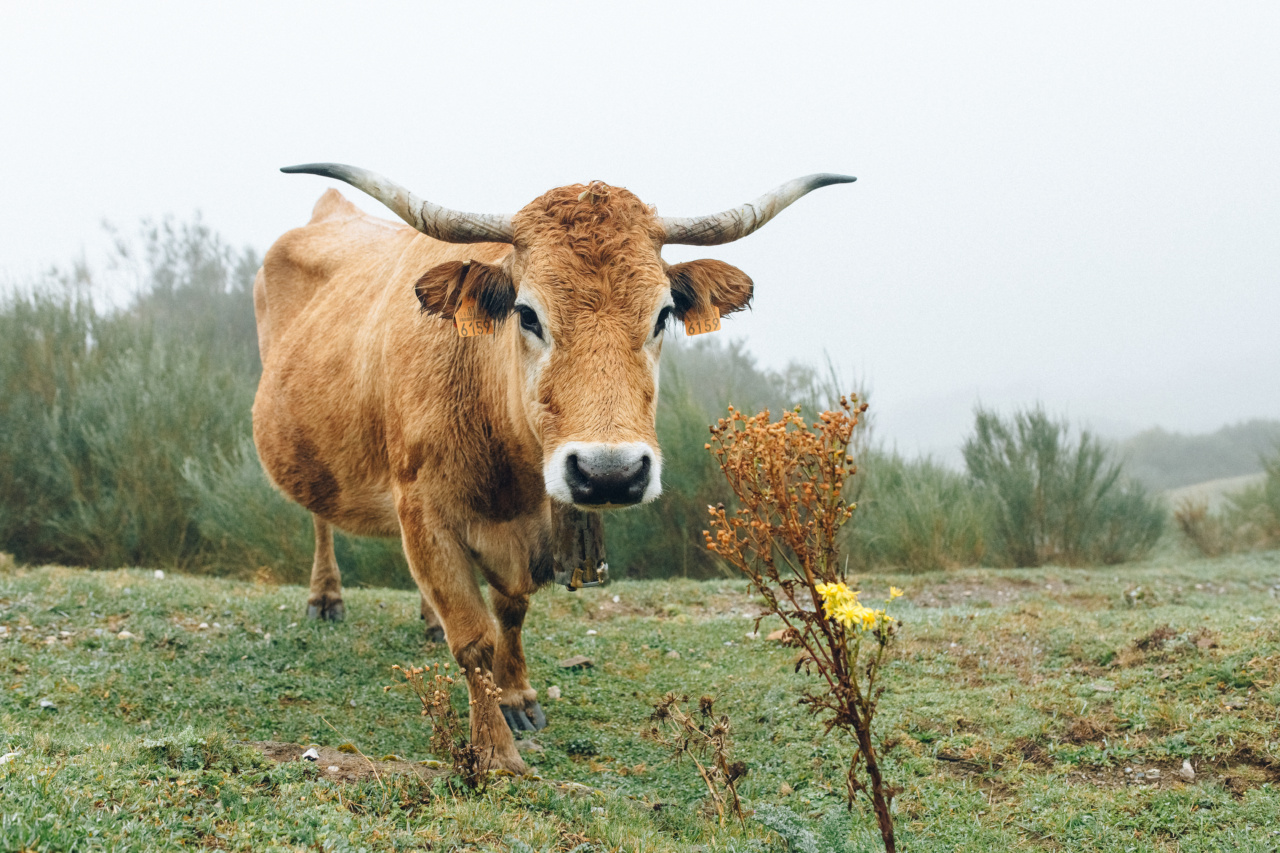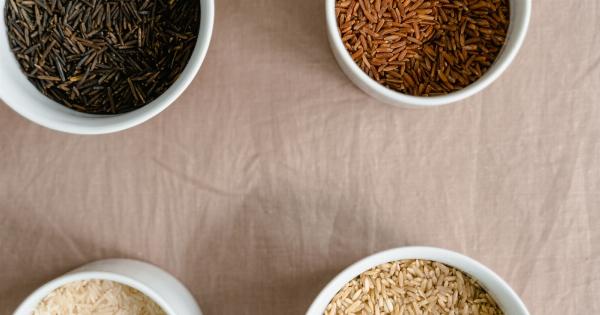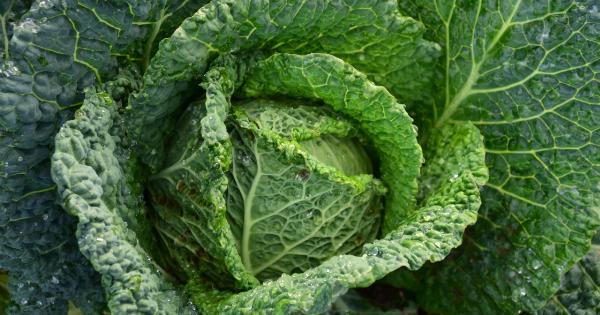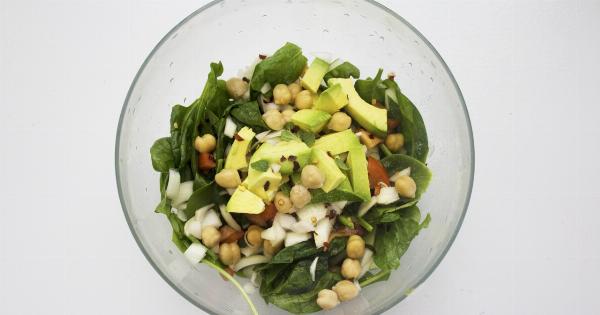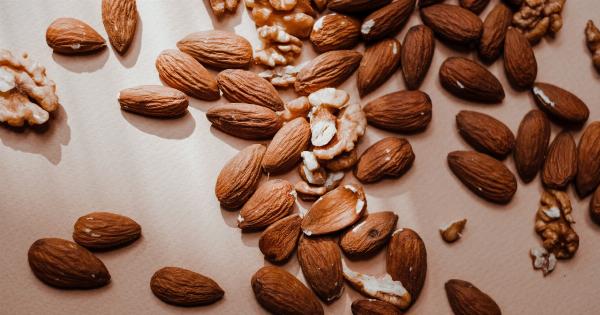Milk is a vital substance for humans, providing essential nutrients like calcium, protein, and vitamin D. There are various sources of milk, with cow’s milk being the most common, but herbal milk is also gaining popularity with time.
This article will explore the differences between cow’s milk and herbal milk to give you a clear understanding of what you are drinking.
What is Cow Milk?
Cow’s milk is the milk derived from cows and is the most commonly consumed type of milk worldwide, especially in western countries.
Cow’s milk is nutrient-rich, containing calcium, protein, vitamin D, and other essential nutrients needed for the growth and development of the body.
What is Herbal Milk?
Herbal milk is a plant-based alternative to traditional dairy milk like cow’s milk. Herbal milk is made by blending nuts, seeds, or grains with water and sometimes sweeteners like maple syrup or honey.
Herbal milk is mainly popular among vegans, lactose intolerant or those who wish to reduce their dairy intake.
Ingredients
Cow’s milk contains water, lactose, protein, fat, and various vitamins, and minerals. Herbal milk, on the other hand, contains different ingredients depending on the plant used.
For instance, almond milk is blended almonds and water, while coconut milk is blended coconut meat and water.
Nutritional Value
Cow’s milk is rich in calcium, protein, vitamin D, vitamin B12, and riboflavin. Herbal milk is also nutritious but not usually as rich in some vitamins and minerals like cow’s milk.
Some herbal milk like soy milk, however, is fortified with vitamins to match cow’s milk nutrients.
Calories
One cup (240ml) of regular whole cow’s milk contains around 150 calories, while the same amount of unsweetened almond milk contains 30-40 calories.
However, some types of herbal milk like coconut milk can be high in calories with about 500 calories per cup. Sweetened herbal milk is also more calorie-dense.
Fat Content
Cow’s milk contains significant levels of saturated and unsaturated fats as well as cholesterol. Whole cow’s milk is high in fat, while skimmed milk has low-fat content. The fat content of herbal milk varies by type.
For example, almond milk has lower fat content while coconut milk has a high-fat content.
Protein Content
Cow’s milk has a high protein content of about 8g per cup, while herbal milk has a lower protein content, ranging between 1-5g per cup. Protein content in herbal milk varies significantly depending on the plants used to make the milk.
Lactose
Cow’s milk contains lactose, a type of sugar that can be difficult for some people to digest, leading to lactose intolerance. Herbal milk does not contain lactose, making it a suitable alternative for lactose intolerant individuals.
Taste and texture
Cow’s milk has a creamier texture and a more distinctive flavor than many herbal milk varieties. Herbal milk has a more subtle flavor that does not overpower what it is added to.
However, it is essential to note that the taste and texture of herbal milk vary depending on the plant used to make it.
Conclusion
The choice of milk is a personal preference that depends on individual goals and dietary requirements. Cow’s milk is more nutritious than herbal milk and richer in calcium, protein, vitamin B12, and riboflavin.
Herbal milk is lower in calories and fat, lactose-free, and ideal for individuals with lactose intolerance or allergies.
